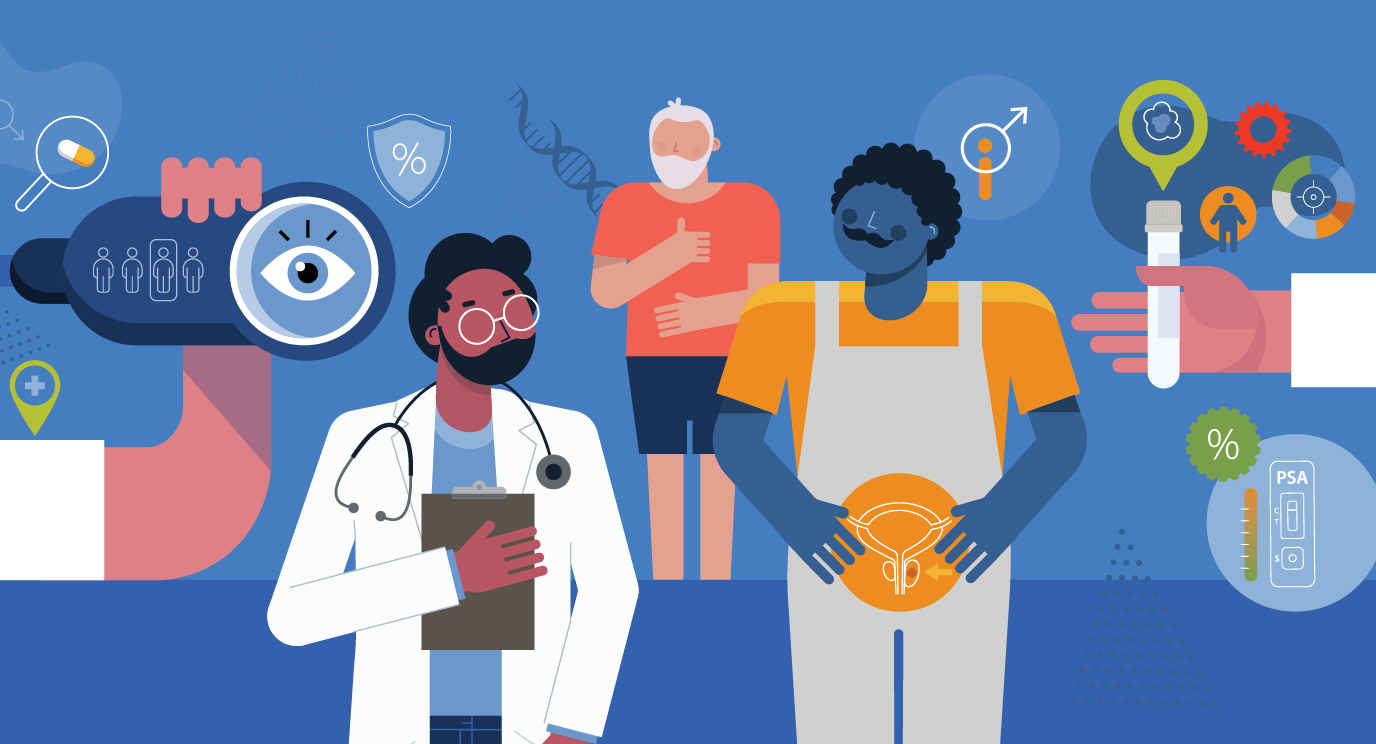- Diseases
- Acoustic Neuroma (14)
- Adrenal Gland Tumor (24)
- Anal Cancer (66)
- Anemia (2)
- Appendix Cancer (16)
- Bile Duct Cancer (28)
- Bladder Cancer (68)
- Brain Metastases (28)
- Brain Tumor (230)
- Breast Cancer (716)
- Breast Implant-Associated Anaplastic Large Cell Lymphoma (2)
- Cancer of Unknown Primary (4)
- Carcinoid Tumor (8)
- Cervical Cancer (154)
- Colon Cancer (164)
- Colorectal Cancer (110)
- Endocrine Tumor (4)
- Esophageal Cancer (42)
- Eye Cancer (36)
- Fallopian Tube Cancer (6)
- Germ Cell Tumor (4)
- Gestational Trophoblastic Disease (2)
- Head and Neck Cancer (6)
- Kidney Cancer (124)
- Leukemia (344)
- Liver Cancer (50)
- Lung Cancer (288)
- Lymphoma (284)
- Mesothelioma (14)
- Metastasis (30)
- Multiple Myeloma (98)
- Myelodysplastic Syndrome (60)
- Myeloproliferative Neoplasm (4)
- Neuroendocrine Tumors (16)
- Oral Cancer (100)
- Ovarian Cancer (170)
- Pancreatic Cancer (166)
- Parathyroid Disease (2)
- Penile Cancer (14)
- Pituitary Tumor (6)
- Prostate Cancer (144)
- Rectal Cancer (58)
- Renal Medullary Carcinoma (6)
- Salivary Gland Cancer (14)
- Sarcoma (236)
- Skin Cancer (296)
- Skull Base Tumors (56)
- Spinal Tumor (12)
- Stomach Cancer (60)
- Testicular Cancer (28)
- Throat Cancer (90)
- Thymoma (6)
- Thyroid Cancer (98)
- Tonsil Cancer (30)
- Uterine Cancer (78)
- Vaginal Cancer (14)
- Vulvar Cancer (18)
- Cancer Topic
- Adolescent and Young Adult Cancer Issues (20)
- Advance Care Planning (10)
- Biostatistics (2)
- Blood Donation (18)
- Bone Health (8)
- COVID-19 (362)
- Cancer Recurrence (120)
- Childhood Cancer Issues (120)
- Clinical Trials (624)
- Complementary Integrative Medicine (24)
- Cytogenetics (2)
- DNA Methylation (4)
- Diagnosis (230)
- Epigenetics (6)
- Fertility (64)
- Follow-up Guidelines (2)
- Health Disparities (14)
- Hereditary Cancer Syndromes (122)
- Immunology (18)
- Li-Fraumeni Syndrome (8)
- Mental Health (118)
- Molecular Diagnostics (8)
- Pain Management (62)
- Palliative Care (8)
- Pathology (10)
- Physical Therapy (18)
- Pregnancy (18)
- Prevention (894)
- Research (390)
- Second Opinion (74)
- Sexuality (16)
- Side Effects (604)
- Sleep Disorders (10)
- Stem Cell Transplantation Cellular Therapy (216)
- Support (404)
- Survivorship (322)
- Symptoms (184)
- Treatment (1774)
The caregiver chronicles: The luxury of time
BY Judy Overton
3 minute read | Published December 08, 2010
Medically Reviewed | Last reviewed by an MD Anderson Cancer Center medical professional on December 08, 2010
On our first visit to MD Anderson, Tom stayed busy signing what seemed like an endless number of consent forms. There was one for pharmacy, another for X-rays and still another to diagnose and treat, with no promise for success.
After those were done, we maneuvered our way through a number of doctor, scan and X-ray appointments. One of them was with a clinical specialist, where we learned that removing a kidney brings a good chance of survival.
Good news there.
We then saw Tom's oncologist, Eric Jonasch, M.D., a soft-spoken man, who described the possible course of action: Interleukin-2 (IL2). It's an immunotherapy, FDA approved and normally prescribed for melanoma patients. "Avastin," Jonasch added, "promises to be a viable drug for renal cell carcinoma. Unfortunately, it's not yet FDA approved for this type of cancer."
"A final strategy will be announced a week from today once all the results are analyzed." We then moved on to the litany of tests and scans.
At some point later in the afternoon, I left Tom so I could tend to some personal business.
This was a mistake.
Several hours later, I'm comfortably at home and Tom hasn't returned yet from MD Anderson. Even though we had cell phones, I wasn't able to reach him. He apparently was involved with a scan or test and wasn't able to communicate outside the hospital.
By the time I finally reached him, he was exceptionally frustrated. Tom said it would be well after 10:00 p.m. before he was through for the evening. He was expected back at MD Anderson the next day around 7:00 a.m. Since we live almost an hour away from the Texas Medical Center, I told him I would call long-time friends, Lisa and Alan, to see if he could stay overnight with them. They were glad to take him in.
Communication continuum
As luck would have it, the results were going to be released when I was scheduled to be out of town on a consulting job, but Tom and I agreed we would be better off financially if I continued with the assignment.
So, his sister Joy and her husband accompanied him to hear the results. The appointment was scheduled for 11:00 a.m. As soon as I had a break in my schedule, I contacted Joy by cell phone. What in the world did people do before this technology? The tension and anticipation of the unknown was bad enough, but to not find out for hours must have been excruciating.
Joy shared the news, which wasn't exactly surprising, but still unsettling. Jonasch confirmed Tom had clear cell renal carcinoma. There apparently are 32,000 cases of renal cancer diagnosed per year in the United States. Eighty percent are clear cell carcinoma, stage IV and very aggressive. Joy jotted down in the journal, "D-Day Plan."
Currently, it's a lung metastases only, the doctor told them. So, Tom will receive a high dose of IL2 therapy, which will be administered by the melanoma group. The response rate is about 20%, Jonasch said. He added, "It's not a desperate situation. We have the luxury of time."
So what did that mean? How long did Tom really have?
Truthfully, the only time we seriously faced his possible demise was almost two winters later on the eve of his second back surgery, which was also the eve of his 53rd birthday.
Collapsing in each others' arms, we sobbed at the thought that Tom might not be physically present when our sons got married or when our grandchildren were born.
But we allowed this to happen for only a special, fleeting moment in time, only one short moment. No rest for the weary. We had a battle on our hands.
Related Cancerwise Stories
No rest for the weary. We had a battle on our hands.
Judy Overton
Caregiver





